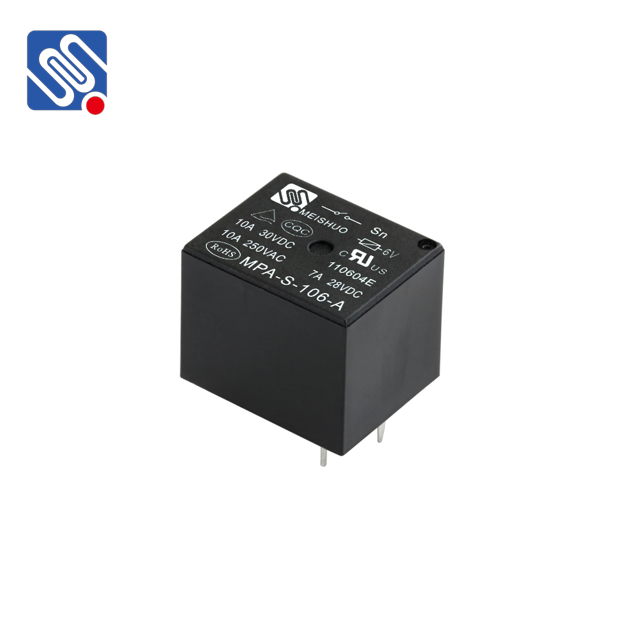understanding relay current rating and its importance in electrical systems
Release time:2025-11-14 02:03:11
When working with electrical circuits, relays play a crucial role in controlling the flow of electrical current. These electromechanical switches are used in a variety of applications, from automotive systems to industrial machinery, to switch high-power loads with a low-power control signal. One of the most important specifications of a relay is its current rating. Understanding this value is key to selecting the right relay for a specific application, ensuring both safety and reliability. In this article, we will explore what relay current rating is, why it matters, and how to choose the right relay based on its current rating.

What is Relay Current Rating?
The relay current rating refers to the maximum amount of current that a relay's contacts can handle without suffering damage. This rating is crucial because it determines the relay's ability to safely switch electrical loads. Exceeding the rated current can lead to overheating, arcing, or permanent damage to the relay contacts, which may result in malfunction or even failure of the entire electrical system.
Relays are designed to handle both AC (alternating current) and DC (direct current) circuits, but their current ratings vary depending on the type of current being used. For example, a relay that can handle 10A of AC current may not be able to handle the same amount of DC current, due to the differences in how electrical arcs behave in AC and DC circuits.

